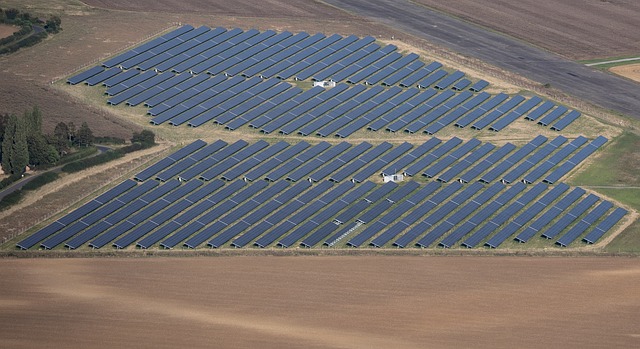The Silent Surge of E-Paper Technology
Today's digital world is dominated by liquid crystal displays (LCDs) and organic light-emitting diode (OLED) screens. However, a less prominent but steadily advancing technology - electronic paper (e-paper) - is quietly reshaping our digital experiences. This article will explore the history, current state, and future prospects of e-paper and its potential to revolutionize our digital lives.

The Genesis of E-Paper
E-paper technology was born out of a desire to replicate the readability and low energy consumption of traditional paper in a digital format. The first e-paper was developed by Xerox’s Palo Alto Research Center in the 1970s. The technology remained relatively dormant until the late 1990s, when e-paper started to gain traction. In 2004, Sony released the first e-book reader using e-paper, the LIBRIé. This was followed by Amazon’s Kindle in 2007, which popularized e-paper globally.
E-Paper Today: More Than Just E-books
While e-books are still the primary application of e-paper, recent advancements have expanded its use to various domains. E-paper is now found in smartwatches, electronic shelf labels, mobile phones, and more. The key to e-paper’s growing popularity lies in its unique properties: it is lightweight, flexible, and consumes minimal power, as it only uses energy when changing the display.
The Future of E-Paper: Full Color and Video
Today, the biggest challenge for e-paper is delivering full-color and video capabilities. While monochrome e-paper displays are common, color e-paper is still a work in progress. Companies like E Ink, the leading e-paper manufacturer, are developing advanced color e-paper solutions. E Ink’s latest product, Kaleido, promises to deliver a full spectrum of color and video capabilities, potentially opening up new applications for e-paper in the future.
The Market Impact of E-Paper
According to market research, the global e-paper display market is expected to reach $6.33 billion by 2027, growing at a compound annual growth rate (CAGR) of 22.5% from 2020 to 2027. This growth is driven by increasing demand for energy-efficient, lightweight, and flexible displays. The advent of color e-paper and video capabilities could further accelerate this growth, making e-paper a significant player in the display market.
E-Paper’s Quiet Revolution
E-paper is quietly revolutionizing our digital experiences. While it may not replace LCD and OLED screens entirely, it offers a unique value proposition for applications where energy efficiency, readability, and flexibility are paramount. As e-paper continues to evolve and improve, we can expect to see it in more and more devices, subtly shaping our digital lives. With its unique blend of old and new, e-paper represents a fascinating intersection between the traditional and the digital - a testament to the endless innovation of technology.




